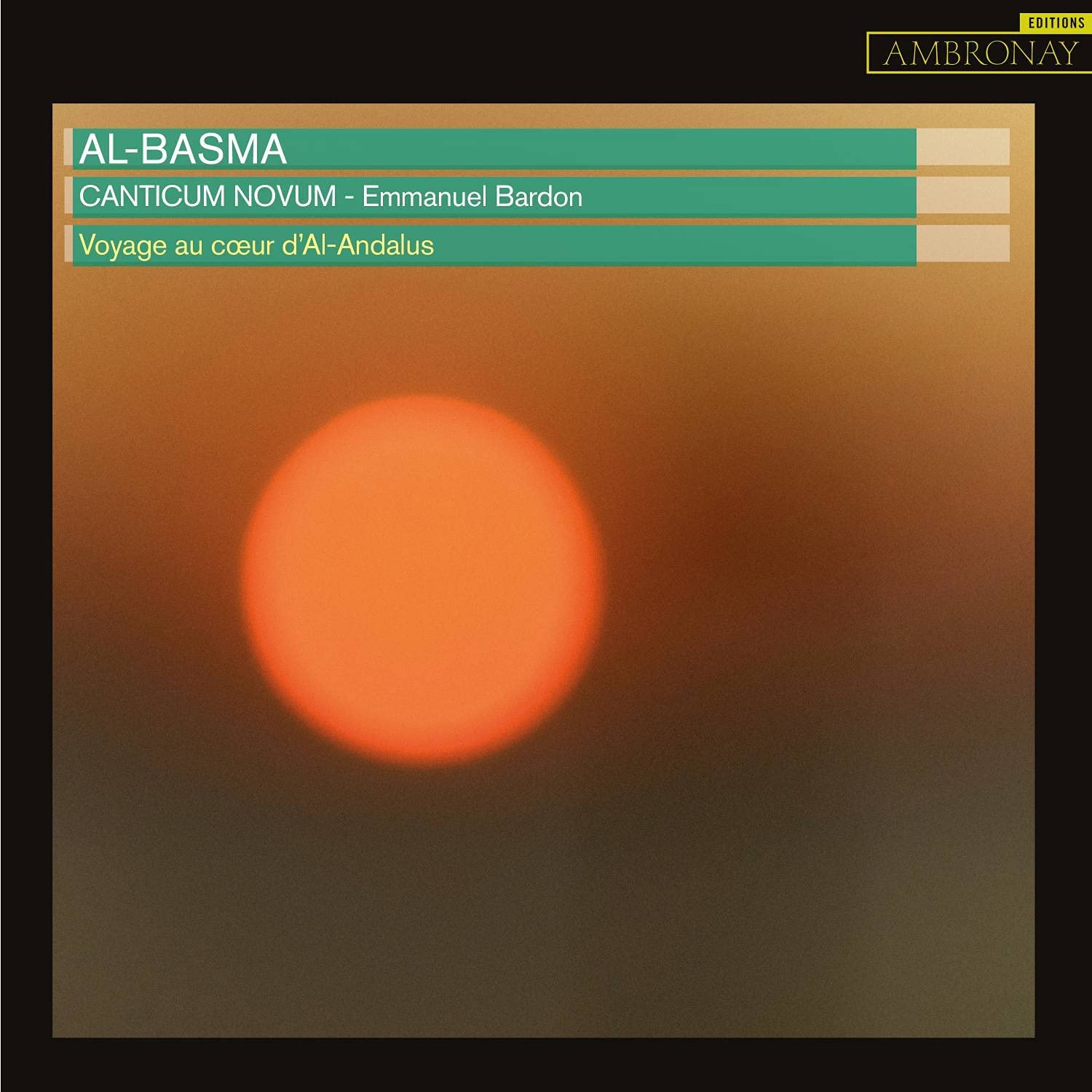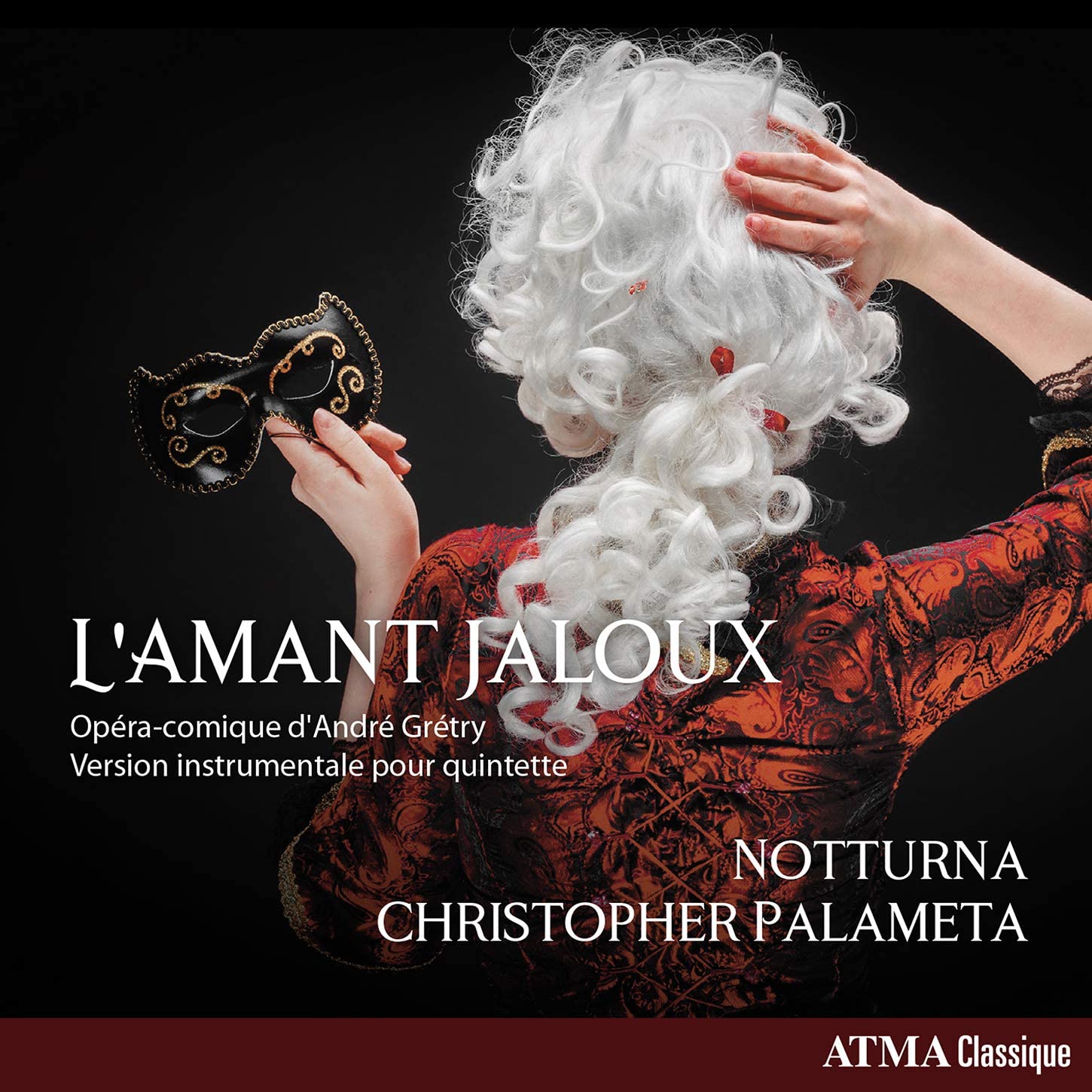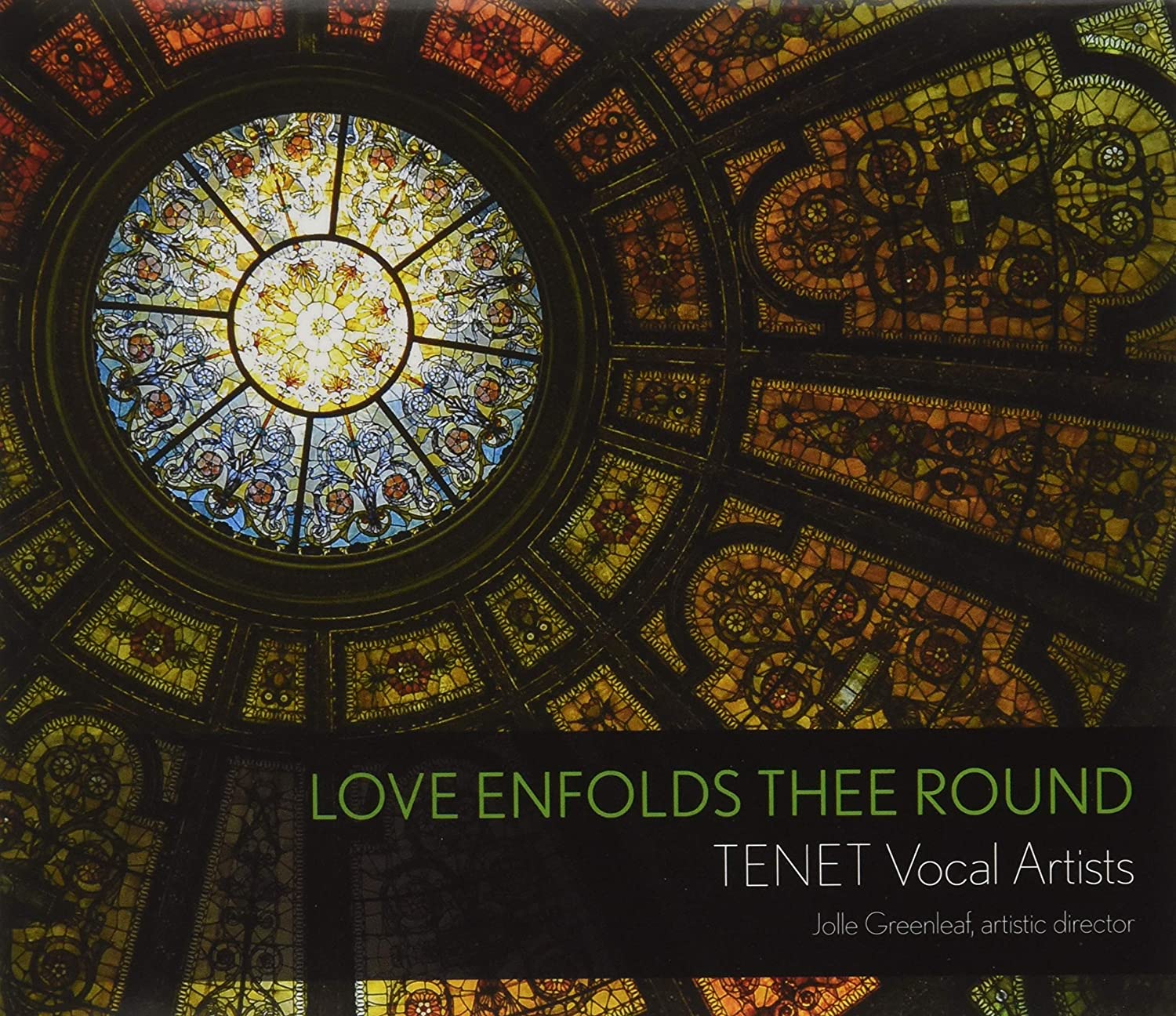Cantatas for solo voice with violin
Giuseppina Bridelli, Quartetto Vanvitelli
76:57
Arcana A487
Click HERE to buy this on amazon.co.uk
[These sponsored links help the site remain alive and FREE!]
As noted in reviews for EMR down through the years, there is a special art to performing chamber cantatas, one all too frequently not satisfactorily met. They are not, as the impression is often given, operatic scenas, suited to being sung with full-throated dramatic intensity, but rather intimate works invariably composed for princely patrons and intended for a sophisticated invited audience. As such, they demand a subtlety of vocal interpretation and close attention to textural clarity that allows them to communicate directly to their audience. These quite exceptional performances achieve this level to a rare degree.
However, before going into further detail about those performances, a few words about the works. Among the literally thousands of cantatas composed, those for voice with a solo violin are comparatively rare. The scholarly note suggests there may be as few as three examples by Alessandro Scarlatti, two of which are included here. In the striking Dove fuggo? A che penso? the rhetorical questioning of the opening recitative is preceded by fantasia-like flourishes from the solo violin, doubtless a reflection of the deranged state of mind of the girl who wishes to hide herself away from torment. In general, however, in the arias that include the violin, voice and instrument duet on equal, often imitative terms, though in the aria ‘Povera Clori’ from the same cantata the violin reflects the text by acting as an echo, while it complements the more elaborate vocal writing of ‘Zeffiretto amorosetto’ from Caldara’s Vicino a un rivoletto by imitating the ‘augelletto garruletto’ (garrulous little bird) sent by the lover to his beloved. All four cantatas here are fine works, the palm perhaps going to the most extended, Dove fuggo?, an alternation of no fewer than four pairs of recitatives and da copo arias, but although less elaborate Scarlatti’s Appena chiudo, which opens with an instrumental sinfonia and has alternating pairs of recitatives and arias, is an affecting setting of a text in which the sleepless lover is haunted by images of the absent beloved. Also worthy of special mention is the unexpectedly profound aria ‘Ahimé, sento il mio core’ that concludes Caldara’s Vicino.
And that aria provides an excellent entry point to consider further Giuseppina Bridelli’s singing of these cantatas, for several of her strengths are on full show there. Not the least of these is the sheer tonal beauty of her mezzo, which is not only evenly and securely produced across its range, but capable of colouring the text with the finest of shades. Here, too, one notes the exquisite shaping of the long phrase that indelibly paints the word ‘languendo’ (languished), the ravishingly lovely mezza voce, the rock-steady chest notes, and Bridelli’s totally stylish and beautifully articulated ornamentation (which includes trill) of da capos. And throughout all four cantatas, the impression is convincingly conveyed that every word has been given significance, the recitatives projected with excellent diction. In short, these are not only beguilingly lovely performances but a display of the highest musical intelligence.
In addition to the cantatas, the excellent Quartetto Vanvitelli plays a five-movement sonata for violin and continuo by Giuseppe Valentini (1681-1753) taken from his opus 8, published in Rome in 1715. It is particularly notable for its gracious opening Andante, much the most substantial movement, which is played with beautiful pure tone by the Vanvitelli’s violinist Gian Andrea Guerra. Finally, having so often complained of obtrusive continuo lutenists, it is only fair to make a special point of praising the perfectly judged contribution of Mauro Pinciaroli. This is a special recording in every respect.
Brian Robins









